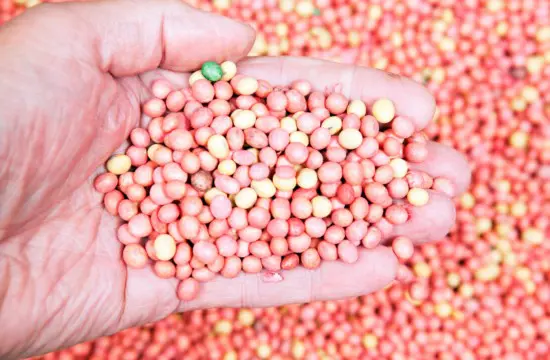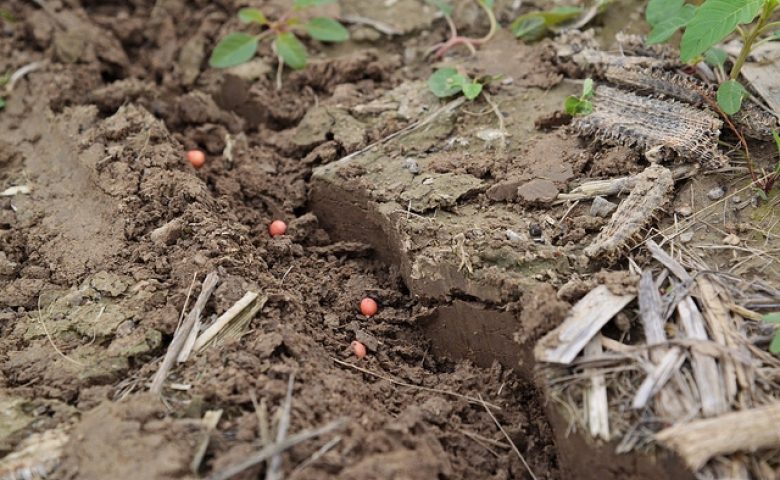Adoption of fungicide and insecticide soybean seed treatments has dramatically increased over the last decade. This increase is partially attributed to a shift toward earlier planting into cooler and wetter soils, which slows seedling emergence and gives the seed greater exposure to early-season rot rooting pathogens and insects like wireworms and seedcorn maggots.
Seed-applied fungicides and insecticides have given producers a way to manage a broad spectrum of early- and mid-season pathogen and insect species. One research project completed in the late 1980s reported 19 percent yield increases under no-till conditions when using metalaxyl. Similarly, in 1991, another study reported positive stand and yield responses to captan + metalaxyl on soybean varieties susceptible to seedling diseases. In contrast, in 2008, other researchers reported few yield responses to the use of mefenoxam + fludioxonil. Only three of 16 site-years increased yields, which were noted to be during cold and wet growing conditions.
Also, influencing seed treatment use is the cost of seed itself. Previously, seed only accounted for 10 percent of soybean production costs, according to the U.S. Department of Agriculture’s Economic Research Service (USDA-ERS). Dry soils causing the seed to imbibe water but not germinate, heavy rains causing soil crusting, seed with low vigor and disease and insect pressure all decreased final plant populations from initial seeding rates. As a result, many farmers used excessively high seeding rates to ensure that adequate harvest plant populations were achieved even after less than optimal planting conditions.
Now that soybean seed costs have increased by 58 percent over the past five years, according to USDA-ERS, recent studies throughout the Midwest point toward lower seeding rates with the use of seed treatments. Lower final plant populations can achieve potentially similar yields and provide a higher return on investment.
Results from a recent study in Wisconsin indicate that the decision to use a certain seed treatment in conjunction with a specific seeding rate can have large effects on soybean yield, profitability and economic risk. Data indicates farmers should account for their expected grain sale price and seed treatment choice when determining seeding rates to reduce economic risk and increase profitability. Analysis of soybean seed treatment use in terms of economic risk and profitability provides a useful methodology for examining other agriculture products and their value to producers.


